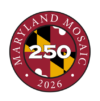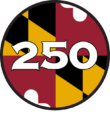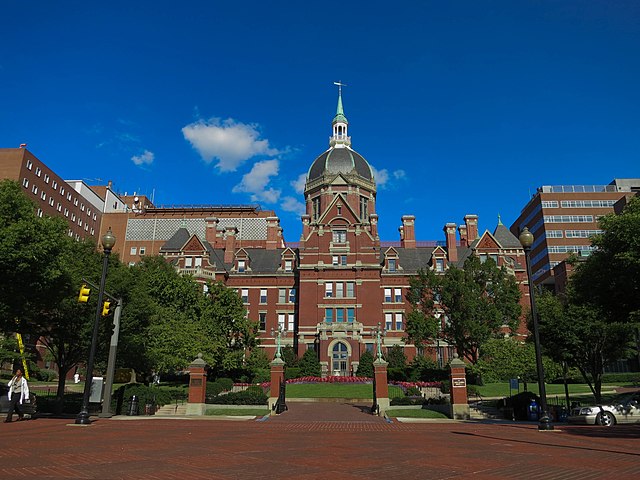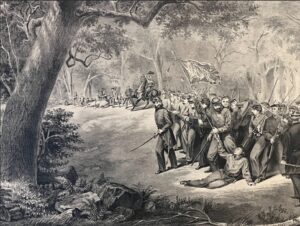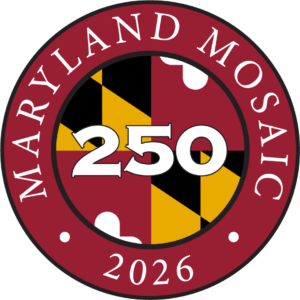Delayed for years by poorly performing endowment investments, Johns Hopkins Hospital begins operations. Sir William Osler (1849-1919) is appointed first Physician in Chief. He declares that by partnering with the new university, the hospital and medical school will outdistance all others in the country. Osler hires a first rate cadre of forward thinking and skilled “Hopkins Men.” In 1892 he publishes a ground-breaking medical textbook that embraces germ theory and clinical medical science.
When the Medical School finally opens in 1893, thanks only to the financial support from a national campaign spearheaded by a small group of local women, it is the first U.S. model for modern medical education and clinical teaching. The women who provide financing for the School ask that women be admitted as part of their gift.
The Hospital accepts African American patients, in segregated wards, from its opening. Black patients seek care, but have a persistent fear that they may become subjects of medical research, a practice common in many medical research institutions until the 1970s when patient consent becomes more standardized.
There are many medical firsts at Hopkins including the work of pediatrician Dr. Helen Taussig who pioneered treatment of “blue babies” and many surgical advances.
The medical campus in east Baltimore includes two additional schools, the School of Nursing and the Bloomberg School of Public Health, an institution that succeeds in ridding the world of smallpox.
